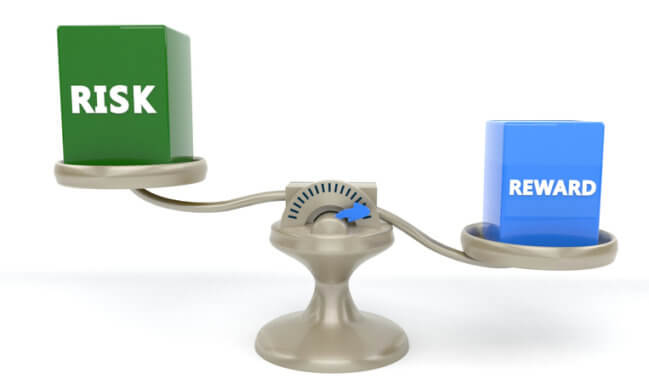Risk tolerance means different things to different people. Bring up the concept with your teenager, and he’ll probably think of the snowboarding trick he’s been gearing up to try. Your average banker, on the other hand, thinks of the volatility of the stock market. Today, we’re talking about risk tolerance as it relates to your investment portfolio, which means it’s just fine if you’re a little averse to extreme sports.
Risk tolerance is the degree of variability in investment returns that you feel comfortable with. It is essential to take the time to evaluate this metric in yourself, so you have a realistic understanding of your ability and willingness to see large swings in the value of your portfolio. If you take on too much risk, you might panic and sell at the exact wrong time. Particularly for those who are interested in standalone robo-advisory financial planning services, tools to evaluate risk tolerance are essential for savvy investing.
Let’s look at some software options, along with the ways traditional advisors measure your risk tolerance and risk capacity before investing.
Traditional Risk Tolerance Assessment Tools
It’s survey time! Yes, the standard approach to determining risk tolerance is to ask investors a series of questions. The survey used by a traditional financial advisor is generally designed to assess a particular investor’s time horizon, meaning their specific goals for when they’d like to retire. It will ask about available assets and need for income.
A survey will also include items to determine how a particular person feels about their willingness to sustain market volatility. He or she will be asked to imagine what their comfort level will be staying invested through a market dip, or periods of greater-than-usual market volatility.
Risk Capacity vs. Risk Tolerance
Questions found in traditional risk surveys usually within two specific categories. First are questions about an investor’s financial ability to have the value of portfolio decline substantially, and not ruin the goals of the investor. As in, if a big decline in value occurred in the near term, would the investor still have time to recover? These questions are getting at an investor’s “risk capacity.”
The second part of a traditional risk survey is composed of questions regarding an investor’s willingness to face market volatility and stay invested. These items attempt to assess the investor’s more general attitudes about risk, their emotional settings. This part of the survey is evaluating “risk tolerance.”
Generally, you’ll merge the scores from both questions into a single “score” indicating your risk tolerance. The investor gets more points for a long time-horizon and comfort with a lot of market volatility. Some argue, however, that nobody should combine these scores into one. After all, just because you have many years ahead until you plan to retire, it doesn’t automatically mean you’re comfortable with high-risk investments emotionally.
Remembering these two metrics — whether they’re pooled together or not — can help guide your investment decisions. That’s true regardless of whether you’re working with a human advisor, a robo-advisor, or both. If you have a high risk tolerance and high capacity, maintain an aggressive, or riskier, portfolio. On the other hand, if you have neither risk tolerance nor capacity, you should be conservative. In fact, maybe you should leave most financial assets in cash.
Risk Tolerance Software
These software products, which cost anywhere between $59-$145/month, can help you assess your own risk tolerance:
- FinaMetrica offers a risk tolerance profiling tool that helps advisors better understand their clients. It includes questionnaires as well as advanced analytics features.
- Riskalyze uses patented technology to calculate an investor’s true risk tolerance utilizing a scientific framework. It offers portfolio analysis, retirement maps, and stress testing as well.
- Tolerisk measures an investor’s willingness to take a risk with a risk tolerance questionnaire. It also separately assesses an individual’s financial ability to take a risk, by gathering basic information to anticipate his or her withdrawal and spending needs over the next 20 years. Users receive a matrix of recommended portfolios.
- Pocketrisk presents a questionnaire based on academic research and compliance guidelines to help users understand risk tolerance.




